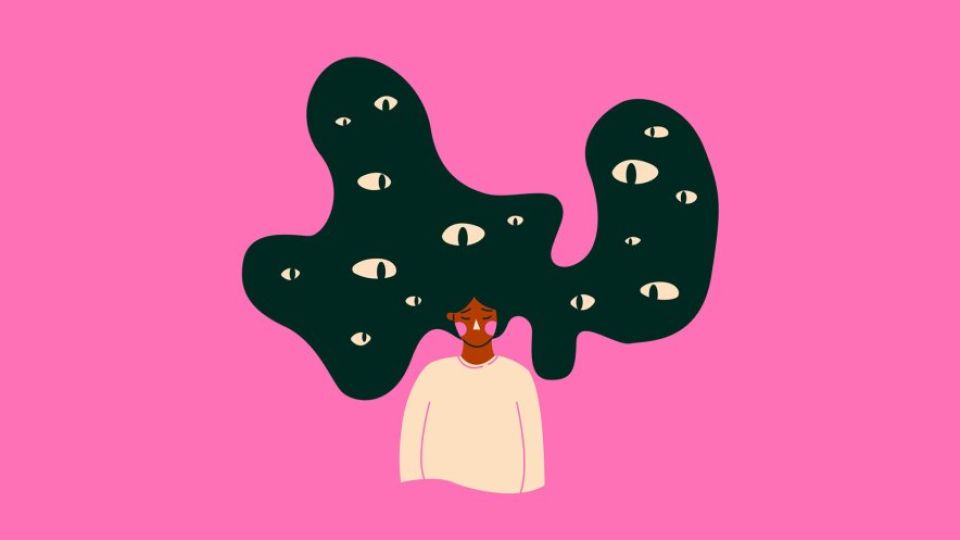November 15, 2024
MANILA – In Netflix’s “13 Reasons Why,” a private photo of Hannah Baker (Katherine Langford) is leaked to her entire school. What started as an intimate moment between two people spirals into public humiliation, serving as a painful reminder of how a single image can change a life.
Sadly, this fictional scenario is a reality for many. A 2022 study highlights the prevalence of non-consensual distribution of intimate images (NCDII), with 1 percent of adults, 6 percent of adolescents, and a staggering 32 percent of young adults having fallen victim to this crime.
But why would someone feel entitled to share someone else’s intimate photo? The motivations can be complex—often rooted in a desire for sexual boasting, social status, and sexual gratification. Regardless of the reason, the impact on the victim is profound and lasting.
A silent prison
Victims endure emotional trauma, such as depression, anxiety, and suicidal thoughts, accompanied by severe paranoia and fear. The constant worry of who might have seen the image, who might share it next, and the fear of being judged can create an unending cycle of mental anguish. It’s a silent prison where the individual is forced to relive the trauma each day.
The damage caused isn’t only limited to their personal lives; it also seeps into the victims’ professional lives. The weight of reputational harm can follow them into the workplace, where it may lead to strained relationships with colleagues, lost opportunities, and even job loss.
Despite the prevalence of NCDII and its detrimental impact on victims, there is little indication that individuals who have experienced NCDII seek help and support. The reason? A deeply ingrained culture of victim blaming.
“Why did they take that photo in the first place?” or “Why did they send it?” are far too common questions that perpetuate a harmful narrative that the victim “asked for it” rather than holding the perpetrator accountable.
READ: Beyond fantasy and nostalgia: 5 life lessons from Studio Ghibli films
Rethinking consent in the digital age
Consent is more than just a yes or no—it’s also about respect, understanding, and acknowledging a person’s right to autonomy and privacy. In the context of intimate images, consent isn’t just about the initial exchange of a photo or video; it is also about maintaining that consent throughout the entire process. Just because someone consents to sending an image in a moment of trust doesn’t mean they’ve given consent for it to be shared further, leaked, or posted online.
Failure to protect victims
The lack of robust protections for victims of NCDII in the Philippines—and globally—also plays a significant role in the harmful cycle of victim blaming.
Despite existing laws like the Anti-Photo and Video Voyeurism Act of 2009, and recent proposals for tougher penalties including a 12-year prison sentence and a P1 million fine, enforcement remains inadequate due to the rapid evolution of technology. The anonymity of the internet makes it difficult for authorities to identify and track offenders, leaving many victims without justice.
In terms of corporate responsibility, the law also has limited impact. Service providers often claim no legal liability for illegal activities conducted through their platforms and argue they have no obligation to monitor or pre-screen the content shared through their services.
Meanwhile, tech platforms often fail to respond promptly or effectively to these crimes. Reports reveal that tech giants like Google often resist requests to remove intimate images from search results. More than half of victim-survivors report receiving no response at all from major platforms like Meta, YouTube, Snapchat, and various dating sites. Even those who receive a reply are often told that the abuse “does not breach community standards,” minimizing their experiences and leaving them vulnerable. Many victim-survivors ultimately feel that these platforms fail to provide a safe space, highlighting the tech industry’s ongoing shortfall in protecting users from digital abuse.
With limited support and slow enforcement of protections, victims are left to shoulder not only the emotional toll but also the burden of societal judgment. The failure to hold perpetrators accountable sends a harmful message that these incidents are not crimes, subtly normalizing the abuse and deepening the trauma for those affected.
The fight for stronger protections against NCDII is far from over. Moving forward, it is essential to continue holding tech companies accountable, demand more effective enforcement of laws, and create a culture where privacy is respected and victims are supported.


